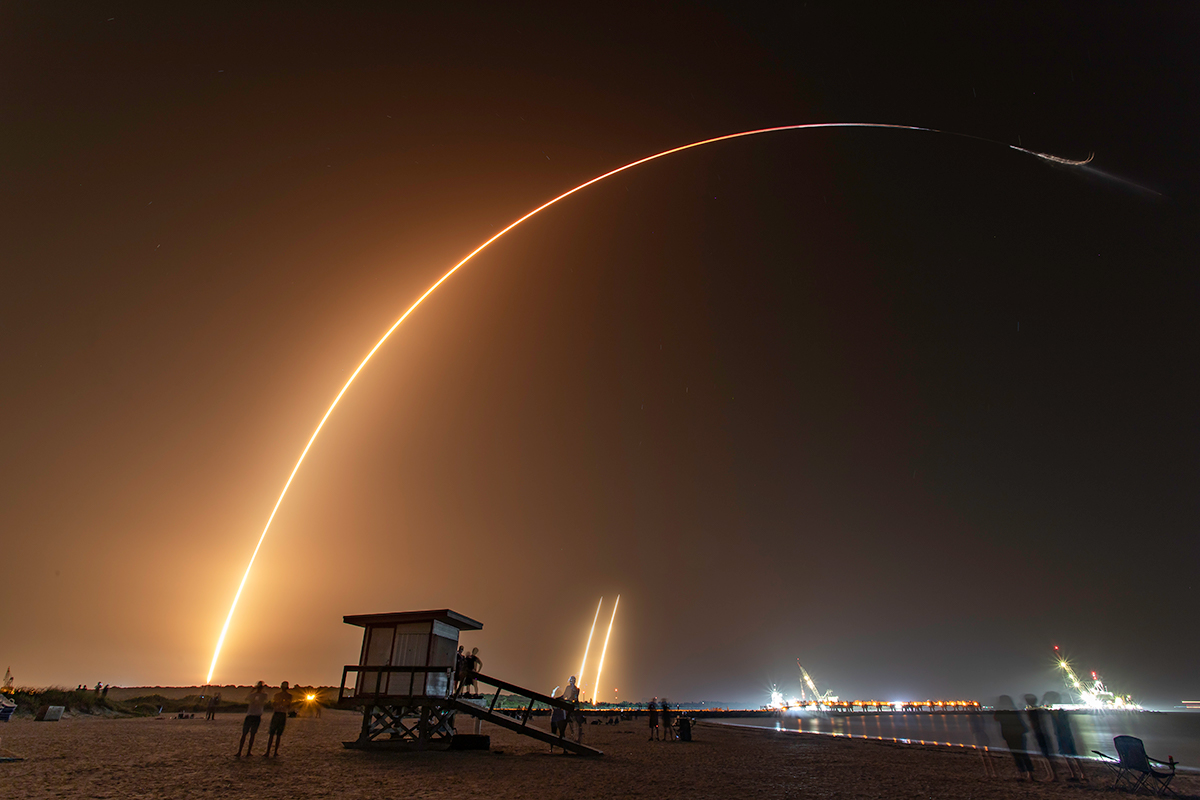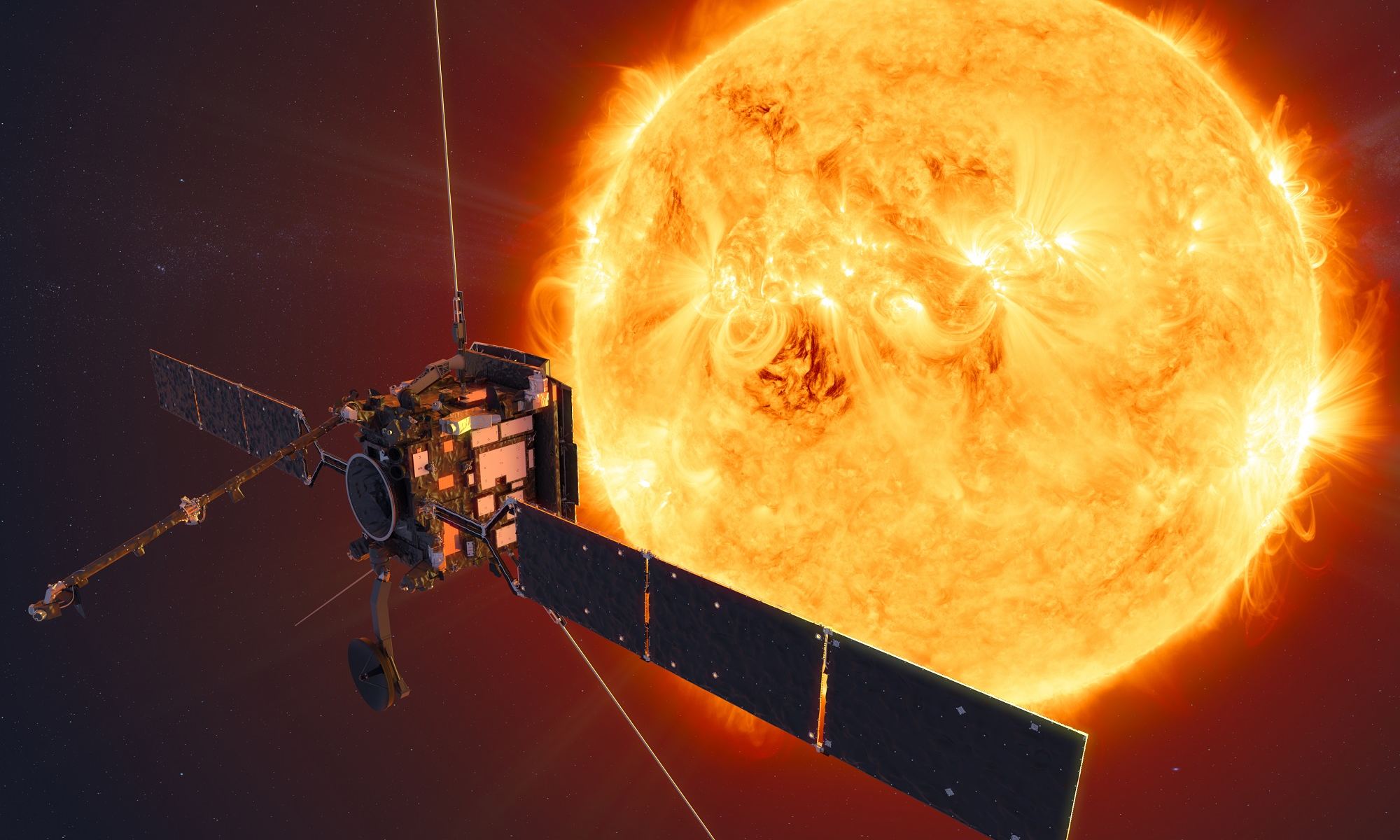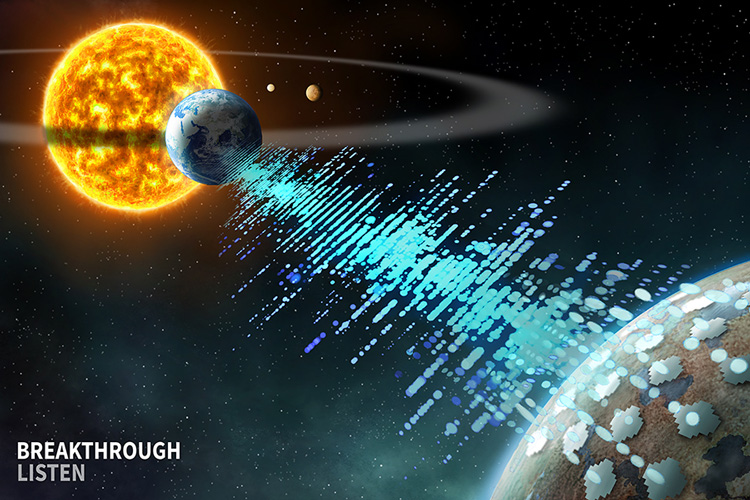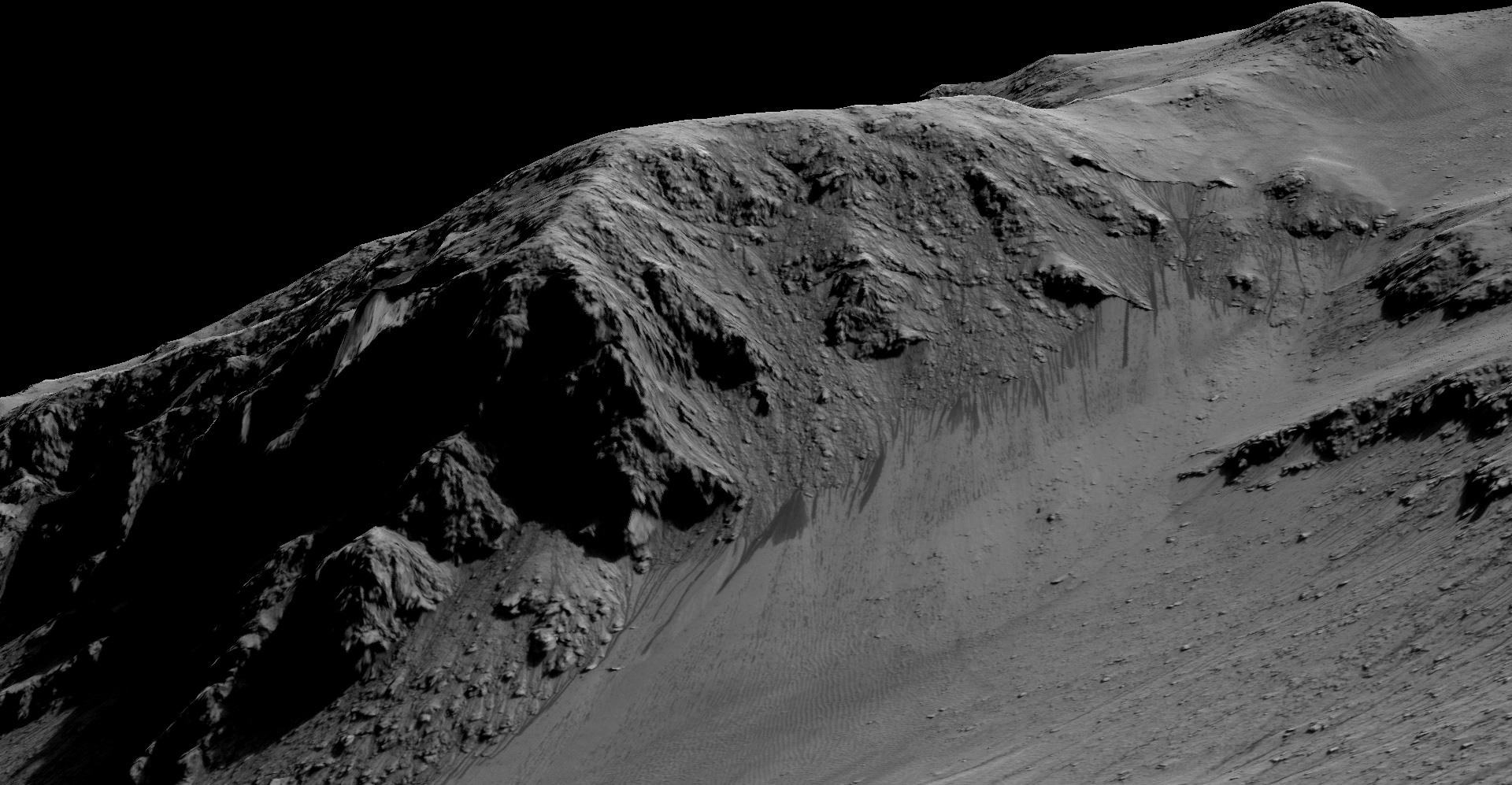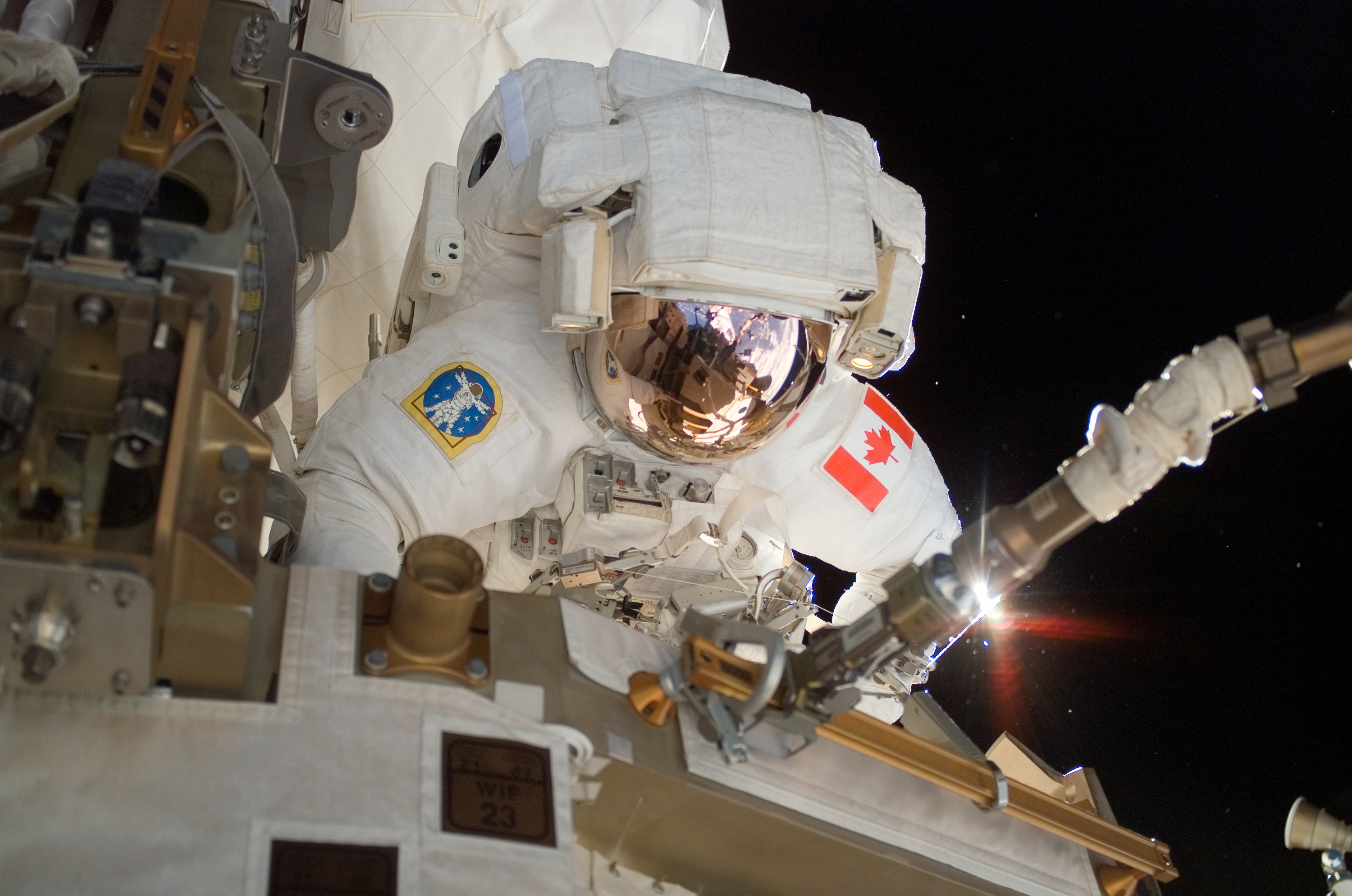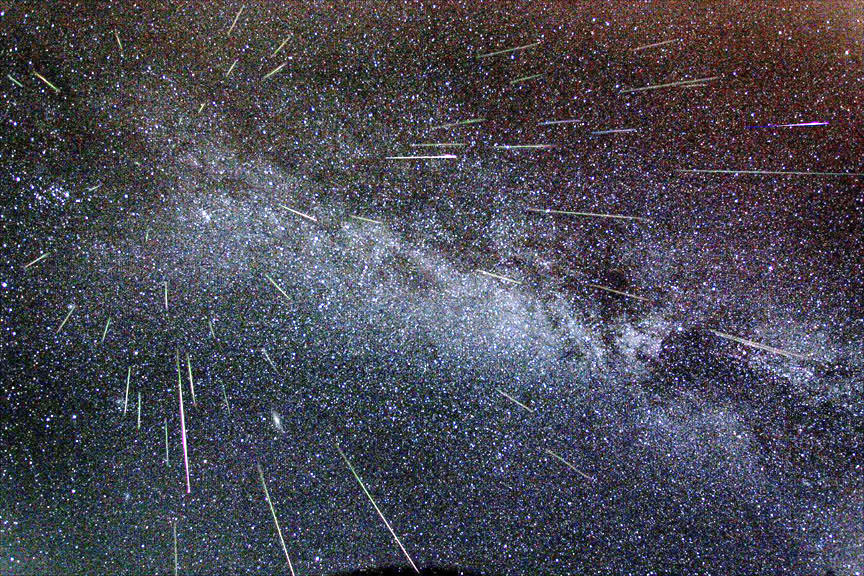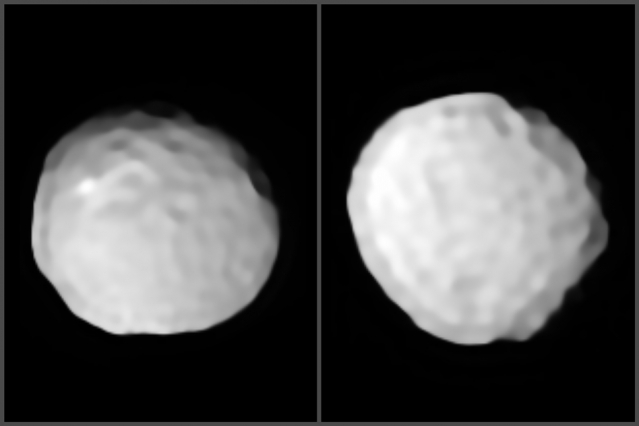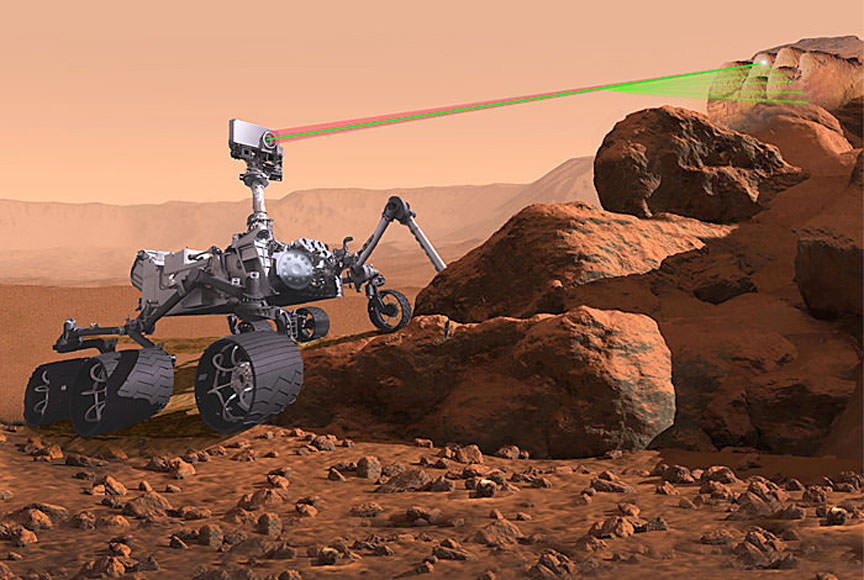In the current era of space exploration, the name of the game is “cost-effective.” By reducing the costs associated with individual launches, space agencies and private aerospace companies (aka. NewSpace) are ensuring that access to space is greater. And when it comes to the cost of launches, the single-greatest expense is that of propellant. To put it simply, breaking free to Earth’s gravity takes a lot of rocket fuel!
To address this, researchers at the University of Washington recently developed a mathematical model that describes the workings of a new launch mechanism: the rotating detonation engine (RDE). This lightweight design offers greater fuel-efficiency and is less complicated to construct. However, it comes with the rather large trade-off of being too unpredictable to be put into service right now.
Continue reading “A New Kind of Rocket that’s Lightweight and Easier to Construct: a Rotating Detonating Engine. Unfortunately, it’s Also Completely Unpredictable”
